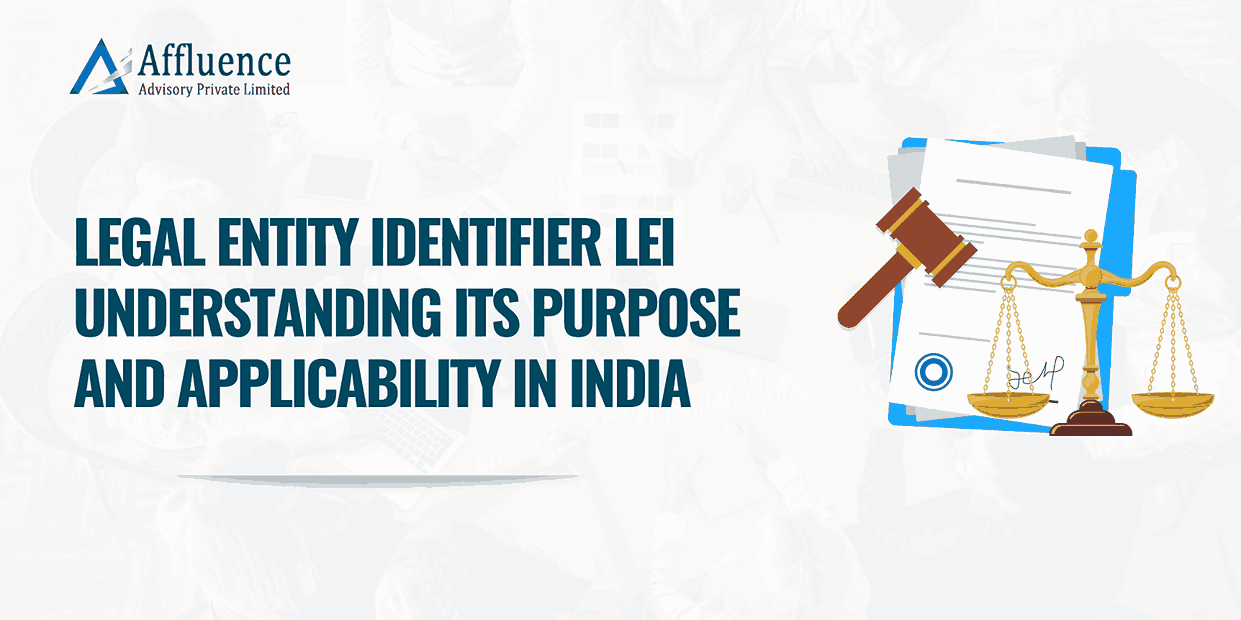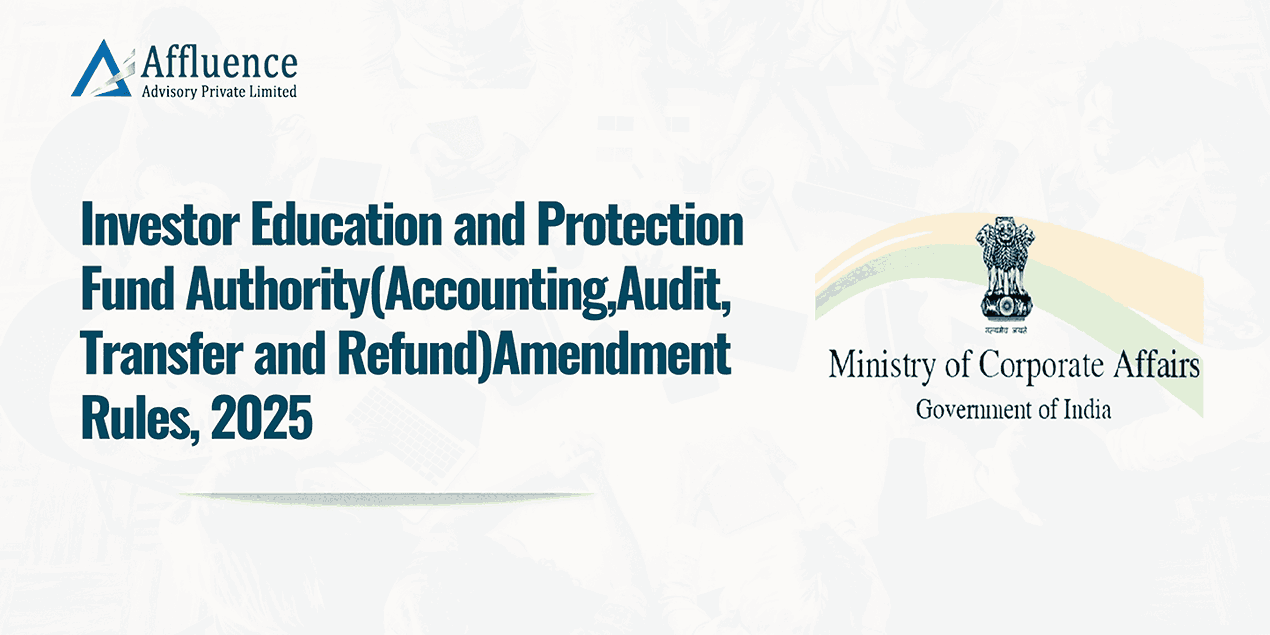National Stock Exchange of India
Circular Ref. No.: NSE/CML/2022/31 | Date: June 30, 2022
The Company Secretary
All Listed Companies
Subject: FAQ’s – Disclosure of holding of specified securities and Holding of specified securities in dematerialized form
Dear Sir/ Madam,
This is in furtherance to the circular number SEBI/HO/CFD/PoD-1/P/CIR/2022/92 dated June 30, 2022 in relation Disclosure of holding of specified securities and Holding of specified securities in dematerialized form. Please find annexed Frequently asked questions (FAQs) on new shareholder categories / subcategories as per the above mentioned circular. Companies are requested to comply with the requirement of listing regulations and other applicable regulations as amended from time to time. The FAQ’s can be referred only for the guidance purpose.
This is for your information please.
Yours faithfully,
For National Stock Exchange of India Limited
Charmi Dharod
Senior Manager
Annexure
General FAQs:
1. If a shareholder has already been disclosed in Table II (Statement showing shareholding pattern of the Promoter and Promoter Group) and also falls into one of the categories in Table III (Statement showing shareholding pattern of the Public shareholder), should they be disclosed again in Table III?
No. Any shareholder whose shareholding has already been disclosed in Table II should not be disclosed again in Table III. In other words, any shareholder falling under the definition of “promoter” or “promoter group” should not be disclosed in Table III.
2. If a shareholder is falling under more than one category in Table III, then the same shall be classified under which category?
Categorization and disclosure of each shareholding category should be carried out in the order prescribed in the format of the shareholding pattern. If a shareholder is falling under more than one category, then the same shall be classified in the category falling first in the order prescribed in the format. Shareholding under any of the categories shall be unique and will not be duplicated under multiple categories.
3. How do we report sub-categorization of shares under column no. (XV) in Table III in case any shareholder category comprises of multiple sub-categories?
In case any shareholder category comprises of multiple sub-categories, shareholding (no. of shares) under each sub-category needs to be separately included under the respective sub-categories under column no. (XV).
Definitions of new shareholder categories and sub-categories:
4. What needs to be classified under the category of “Asset Reconstruction companies”?
Asset Reconstruction Company as per Section 2 (1) (ba) of the Securitisation and Reconstruction of Financial Assets and Enforcement of Security Interest Act, 2002 (SARFAESI Act) needs to be classified under this category.
5. What needs to be classified under the category of “Sovereign Wealth Funds”?
A Sovereign Wealth Fund (SWF) is a state-owned investment fund that invests in financial securities like stocks, bonds, real estate, gold, etc. Some SWFs invest a surplus such as foreign currency reserves. While some SWFs invest the revenue earned by the state, some other sources include budgeting surplus and bank reserves. Such “Sovereign Wealth Funds” need to be classified under this category.
Example of a domestic SWF include National Investment and Infrastructure Fund (NIIF). Example of a foreign SWF include GIC Private Limited, Singapore.
6. What needs to be classified under the category of “Foreign Direct Investment”?
Foreign Direct Investment (FDI) as per Rule 2(r) of the Foreign Exchange Management (Non-debt Instruments) Rules, 2019, made under the Foreign Exchange Management Act, 1999, needs to be classified under this category.
7. What needs to be classified under the categories of “Foreign Portfolio Investors Category I” or “Foreign Portfolio Investors Category II”?
Foreign Portfolio Investors (FPIs) registered as “Category I foreign portfolio investor” and “Category II foreign portfolio investor” as per Regulation 5 of Securities and Exchange Board of India (Foreign Portfolio Investors) Regulations, 2019 shall be respectively classified under the categories of “Foreign Portfolio Investors Category I” and “Foreign Portfolio Investors Category II”.
8. What needs to be classified under the category of “Central Government / President of India”?
This category of shareholders includes those shares that are held by Central Government / President of India.
9. What needs to be classified under the category of “State Government / Governor”?
This category of shareholders includes those shares that are held by State Government / Governor.
10. What needs to be classified under the category of “Shareholding by Companies or Body Corporates where Central / State Government is a promoter”?
This category of shareholders includes those shares that are held by Companies or Body Corporates where Central Government / President of India or any State Government / Governor is categorized as a promoter.
11. What needs to be classified under the category of “Associate companies / Subsidiaries”?
Shareholding by the Company’s associate companies (as per Section 2(6) of the Companies Act, 2013) and the Company’s subsidiaries (as per Section 2(87) of the Companies Act, 2013 and in terms of Section 19 of the Companies Act, 2013) needs to be classified under this category.
12. What needs to be classified under the category of “Director and their relatives (excluding independent directors and nominee directors)”?
This category of shareholders includes board of directors of the Company and their relatives. Relatives of directors as per Section 2(77) of the Companies Act, 2013 r/w Rule 4 of the Companies (Specification of Definitions Details) Rules, 2014 needs to be classified under this category. This category of shareholders does not include shareholding by nominee directors or independent directors or their relatives.
13. What needs to be classified under the category of “Key Managerial Personnel”?
This category of shareholders includes Key Managerial Personnel (KMP) of the Company as per Section 2(51) of the Companies Act, 2013.
14. What needs to be classified under the category of “Relatives of promoters (other than ‘immediate relatives’ of promoters disclosed under ‘Promoter and Promoter Group’ category)”?
Relatives of promoters as per the definition of relatives under Section 2(77) of the Companies Act, 2013 r/w Rule 4 of the Companies (Specification of definitions details) Rules, 2014 needs to be classified under this category. This category excludes ‘immediate relatives’ of promoters (as per Regulation 2 (1) (pp) of Securities and Exchange Board of India (Issue of Capital and Disclosure Requirements) Regulations, 2018) already disclosed under ‘Promoter and Promoter Group’ category.
15. What needs to be classified under the category of “Trusts where any person belonging to ‘Promoter and Promoter group’ category is ‘trustee’, ‘beneficiary’, or ‘author of the trust’”?
Shareholding of trusts where any person belonging to ‘Promoter and Promoter group’ category is a ‘trustee’, ‘beneficiary’, or ‘author of the trust’ as defined under the Indian Trusts Act, 1882.
16. What needs to be classified under the category of “Investor Education and Protection Fund (IEPF)”?
This category of shareholder includes those shares that are classified under Investor Education and Protection Fund (IEPF) as per sections 124 & 125 of Companies Act, 2013.
17. What needs to be classified under the category of “Non Resident Indians (NRIs)”?
Non-Resident Indian (NRI) as per Rule 2(aj) of the Foreign Exchange Management (Non-debt Instruments) Rules, 2019, made under the Foreign Exchange Management Act, 1999, needs to be classified under this category.
Continuation Sheet
18. What needs to be classified under the category of “Foreign Nationals”?
Shareholding held by individuals who are not citizens of India need to be classified under this category.
19. What needs to be classified under the category of “Foreign Companies”?
Foreign companies as per Section 2(42) of Companies Act, 2013 needs to be classified under this category.
20. What needs to be classified under the category of “Bodies Corporate”?
Bodies Corporate as per Section 2(11) of the Companies Act, 2013 needs to be classified under this category.
21. What needs to be classified under the sub-category of “Shareholders who are represented by a nominee Director on the board of the Company or have the right to nominate a representative (i.e. Director) on the board of the Listed Entitiy”?
This sub-category of shareholders includes those who are represented by a nominee Director on the board of the Listed Entity (excluding directors nominated by small shareholders as per section 151 of Companies Act, 2013) or have the right to nominate a representative (i.e. Director) on the board of the Listed Entity (excluding entitlement of small shareholders as per section 151 of Companies Act, 2013).
22. What needs to be classified under the sub-category of “Shareholders who have entered into shareholder agreement with the Listed Entity”?
This sub-category of shareholders includes those who have executed shareholder agreement with the Listed Entity.
23. What needs to be classified under the sub-category of “Shareholders acting as persons in concert with promoters”?
This sub-category of shareholders includes those who are deemed to be “persons acting in concert” with promoters as per regulation 2(1)(q)(2) of Securities and Exchange Board of India (Substantial Acquisition of Shares and Takeovers) Regulations, 2011 or otherwise identified to be acting as persons in concert with promoters in the quarter for which disclosure of shareholding has been made.











